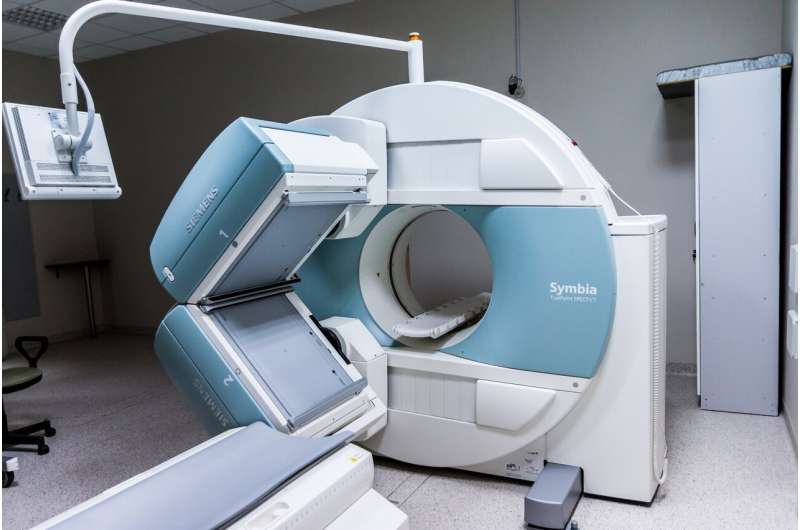The Potential Risks of Social Media Injury Recovery Videos

Social media injury recovery videos may seem motivating but can pose risks by promoting unsafe practices and misinformation that delay healing. Learn how to approach online content safely.
In recent years, social media platforms have become popular spaces where injury recovery journeys are shared publicly. While some content from healthcare professionals offers valuable guidance, many videos feature influencers or individuals showcasing rapid recovery efforts that may not align with sound medical practices. High-profile celebrities like Kim Kardashian and musician Kid Cudi have publicly documented their injuries—Kim with a fashionable cast and Kid Cudi updating followers from his crutches—capturing widespread attention and engagement.
These videos often portray injury recovery as a quick or stylish process, encouraging viewers to mimic actions like premature weight-bearing or skipping rest, which can be detrimental. Unfortunately, such portrayals can distort the reality of healing, which requires patience, structured rehabilitation, and time. Bones, tendons, and ligaments need careful, gradual loading to avoid setbacks or chronic issues.
Research shows that much injury-related content online is produced by non-experts or individuals with incomplete information, increasing the risk of misinformation. For example, TikTok videos about knee injuries frequently contain unsafe advice that can hinder proper recovery. As a result, patients influenced by these videos may develop false expectations, attempt risky activities prematurely, or feel frustrated when their healing doesn't match online portrayals.
Healthcare professionals warn that this trend can lead to delayed healing, re-injury, or long-term joint problems. The World Health Organization has also emphasized the dangers of online health misinformation. While social media can foster supportive communities and provide helpful tips, it is crucial to approach injury recovery content with caution. Listening to healthcare providers and following evidence-based protocols remain the safest strategies.
Ultimately, recovery from injury is a highly individualized process that cannot be rushed. The goal should be patience, proper care, and trust in medical advice—not viral videos or influencer narratives. Recognizing the difference between motivation and misinformation can help ensure a safer, more effective healing journey.
Stay Updated with Mia's Feed
Get the latest health & wellness insights delivered straight to your inbox.
Related Articles
Study Shows Medical Imaging Radiation May Contribute to 10% of Pediatric Blood Cancers
A groundbreaking study links radiation from medical imaging to 10% of pediatric blood cancers, emphasizing the need for safer imaging practices to protect children's long-term health.
New Study Finds Pepto Bismol May Not Prevent Traveler's Diarrhea
A new CDC study shows that Pepto Bismol may not effectively prevent traveler's diarrhea, prompting a re-evaluation of its preventive use during international trips.
Understanding Logical Thinking in Humans and Animals: Challenges and Insights
Exploring how humans and animals think logically reveals complex cognitive processes. New research highlights the distinctions between different types of reasoning and their implications for science and medicine.
Innovative Use of Patient Stem Cells Shows Promise for End-Stage Kidney Disease Treatment
Mayo Clinic researchers have shown that using a patient's own fat-derived stem cells can improve arteriovenous fistula healing in dialysis patients, offering new hope for end-stage kidney disease treatment.



